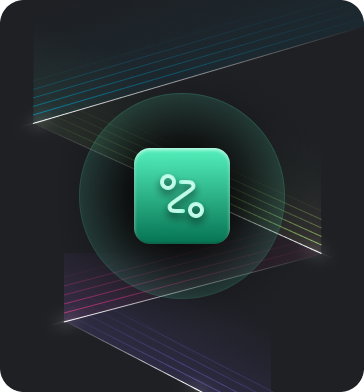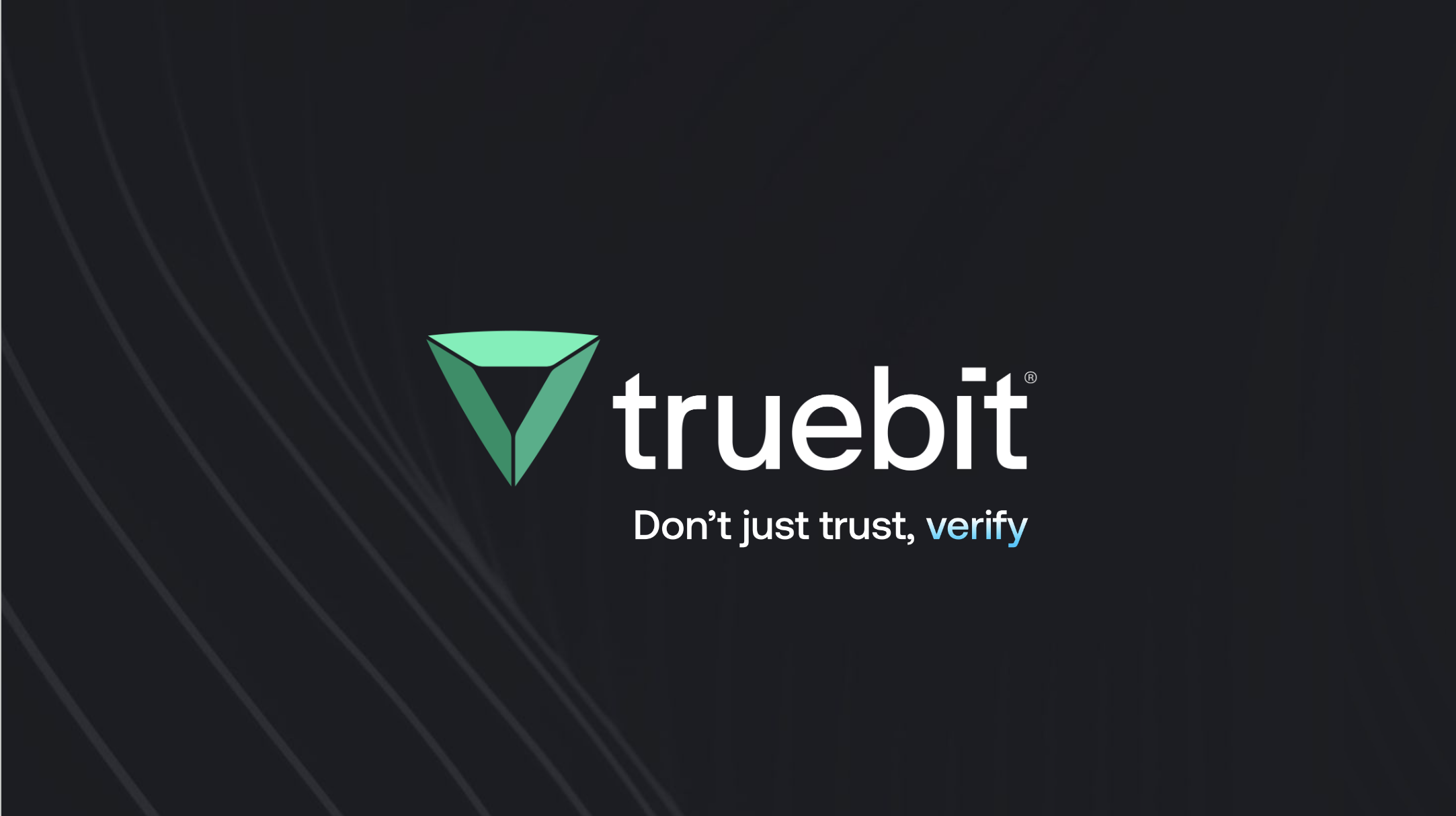Don’t just trust,
Truebit Verify lets Web3 applications integrate safely with any data source, move data securely across ledgers, and trustlessly call outside functions.
Securely connect Web3 apps
with the rest of the world
Truebit Verify provides certified execution for the 99% of Web3 code and data that live off-ledger.
Proof of execution
Proof of Where & When
Truebit Verify creates a traceable record of your data sources and code execution, making it safe to read and write to any API.
Secure network
Transparent Compute
Truebit Verify decouples complex and risky compute tasks from blockchains while remaining trustless. Increase confidence in your otherwise hidden offchain code by running on Truebit’s decentralized compute nodes.
Code you can trust
Secured through Verification
Truebit Verify’s low-level verification architecture observes the machine code operations on each decentralized node to ensure the integrity of your compute task. The Truebit Verification Game pits multiple compute nodes against each other to ensure that you always get honest output from your task.
Immutable certified transcript
Permanent Records
Truebit Verify creates a certified transcript that allows you to instantly prove what code was executed, what inputs were provided, what outputs were produced, and what transpired for each compute task.
Unchained technical report
We’ve got a new report and I’ll tell you all about it in 1, 2, 3
Bringing transparency to offchain compute

Truebit Verify is underpinned by the latest research in verified compute. Our technical report lays out transparency as a new standard for certifying the integrity of decentralized compute tasks.

The flexibility of serverless,
the openness of Web3
Give your app super-powers with transparent compute.
Microservices Meets Web3
Finally there’s a reliable way to build Web3 apps using coding patterns you already know. Truebit secures the critical code that lives outside of ledgers. Your Truebit Tasks are always-on, accessible from a standard REST interface, and ready to support your app’s event-driven architecture.
Languages You Know
If you’ve ever written a serverless function, you’ll feel right at home. Truebit Verify provides out-of-the box support for JavaScript, Rust, C++, and is extensible to any language supported by WebAssembly (Wasm).
Secure, Fast Execution
Truebit Verify’s Wasm architecture provides a fully isolated sandbox for safe execution of your offchain Tasks. Wasm’s compact footprint also means your code is immediately available across any of Truebit’s Verification Nodes, enabling instant response times.
API Integration
Truebit Verify acts as a notary for your API calls. Truebit Tasks can read and write data from public and private APIs, while providing fully verified operations for any data transformations or calculations you perform.
Cross-Chain Operations
Copy data and transfer assets between blockchains with rules and validation specifically tailored to your application’s needs. Truebit Verify provides a safe, neutral environment for execution of cross-chain code.
Continuous Verification
Every Truebit Task is automatically verified by multiple nodes in our decentralized network. Truebit’s Verification Game ensures that the code you’ve written is the code that is executed, and that no one has altered the inputs or outputs of your Truebit Task.
Web3 unchained
Truebit Verify provides a secure foundation
for trustless applications without compromises
- Read from Web2 APIs
- Store Data in the Cloud
- Extend Transactions Offchain
- Synchronize Data from Multiple Blockchains
- Traceable AI
- Transparent Backends
- Complex Algorithms

Read from Web2
APIs
Seamlessly pull data from any private or public API, ensuring accuracy and trustworthiness right within your web3 application.

Store Data in the
Cloud
Transparently read and write data from databases and cloud-based file storage.

Extend
Transactions
Offchain
Call external services to trigger downstream actions with corporate systems, payment providers, and more.

Synchronize Data
from Multiple
Blockchains
Securely move data across multiple blockchains and provide proof that nothing was altered.

Traceable AI
Embed AI capabilities with transparent footprints, so every decision or transaction is tracked and verified by Truebit’s Verification Nodes.

Transparent
Backends
Run backend processes offchain while maintaining a transparent certificate of record, blending efficiency with trust.

Complex
Algorithms
Execute advanced algorithms offchain, boosting your app’s performance while guaranteeing the integrity of your results.

Read from Web2
APIs
Seamlessly pull data from any private or public API, ensuring accuracy and trustworthiness right within your web3 application.

Store Data in the
Cloud
Transparently read and write data from databases and cloud-based file storage.

Extend
Transactions
Offchain
Call external services to trigger downstream actions with corporate systems, payment providers, and more.

Synchronize Data
from Multiple
Blockchains
Securely move data across multiple blockchains and provide proof that nothing was altered.

Traceable AI
Embed AI capabilities with transparent footprints, so every decision or transaction is tracked and verified by Truebit’s Verification Nodes.

Transparent
Backends
Run backend processes offchain while maintaining a transparent certificate of record, blending efficiency with trust.

Complex
Algorithms
Execute advanced algorithms offchain, boosting your app’s performance while guaranteeing the integrity of your results.
Latest news & resources
Stay informed on the latest updates and developments from Truebit.
Truebit’s global community
Connect. Secure. Innovate.
Open your Web3 application to the full universe of data and provide immutable proof of execution for even the most complex functions.

